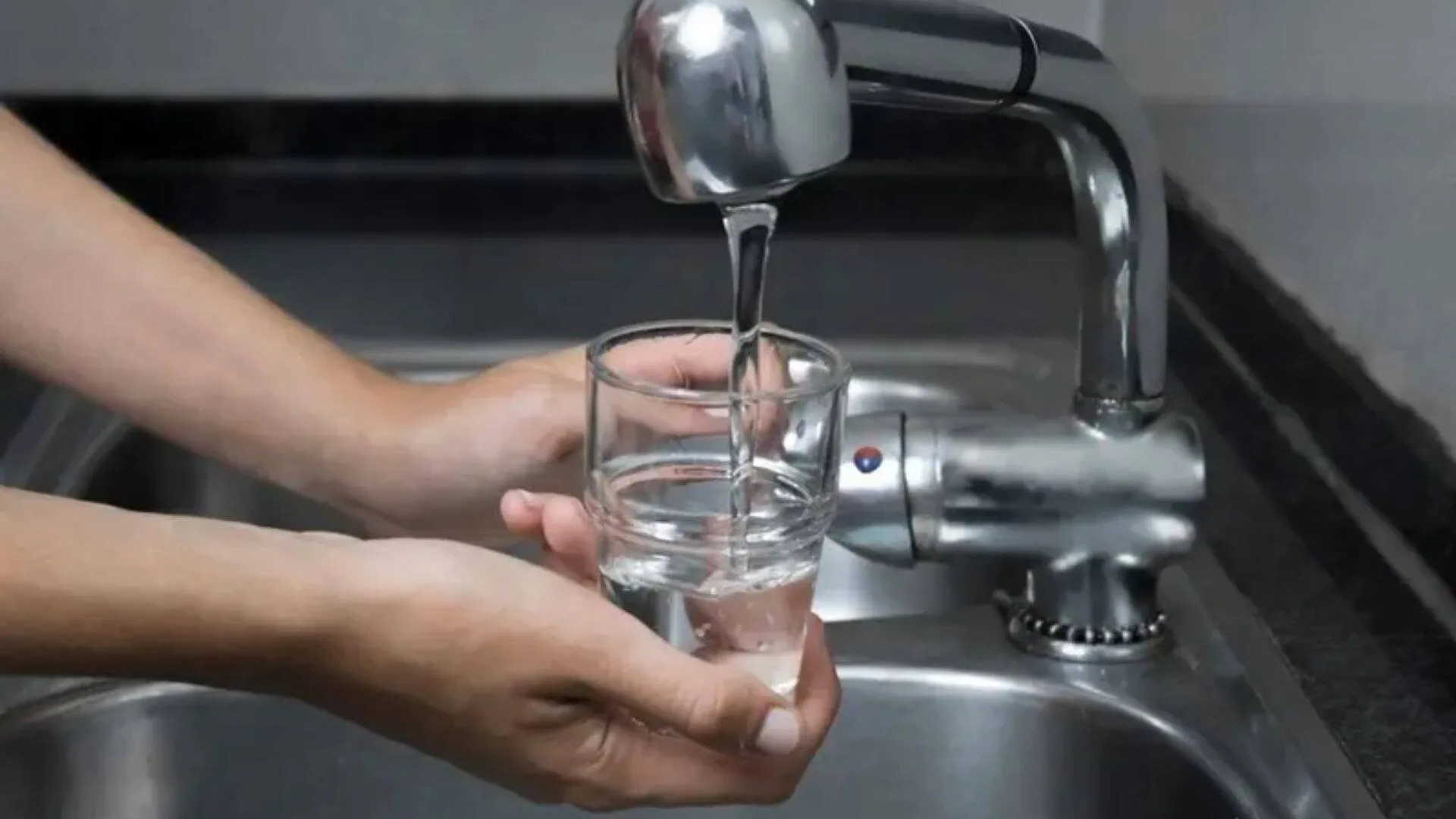Drinking water chlorinating at concentrations widely utilized throughout the United States and European Union could boost a range of cancer risks, states a new international study. Trihalomethanes (THMs), toxic byproducts that contaminate nearly all public drinking water supplies in both regions, result from water chlorine disinfection. An estimated 300 million Americans are likely exposed to alarming concentrations of these byproducts.
Although chlorination is a cheap and effective way of killing germs and avoiding waterborne diseases, it has risks. The authors of the study discovered that chlorination increases the risk of bladder cancer by 33% and colorectal cancer by 15%. “What we observe is concerning and we need some additional high-quality studies,” said Emilie Helte, lead author at Karolinska Institutet in Sweden.
Chlorination initially came to be used in the early 1900s in the US and had the significant effect of dramatically lowering microbial disease and infections such as cholera and typhoid. Research conducted after the 1970s showed that chlorine also acts with organic contaminants in water to produce possibly harmful byproducts, such as chloroform, bromoform, and bromodichloromethane. The byproducts were identified to be genotoxic and carcinogenic to rats.
The research determined that cancer hazards may be heightened even at the low concentration of 40 parts per billion (ppb), a typical level in US urban centers such as New York. Even though the US and EU control THMs, setting limits at 80ppb and 100ppb respectively, these levels remain associated with heightened cancer risks, as found by the research. The EPA states that the amount of THMs in drinking water is generally between 40 and 60ppb, while the Environmental Working Group recommends a safer dose of 0.15ppb.
The meta-study, which was based on evidence from 30 studies and a sample of 90,000 individuals, highlighted the increased cancer risks to men, especially bladder and colorectal cancer. Although it is not clear why the bladder and large intestine have been targeted by the carcinogens, the study identifies an important public health issue.
The dilemma for regulators is how to meet the demand for disinfected water while minimizing the danger of chlorine byproducts. Surface water, which has more organic material, will have higher levels of THMs, but utilities might solve this by taking out some of the organic material prior to chlorination or lowering the dose of chlorine. But “it’s really important not to use too little disinfectant,” Helte stressed.
Although options such as ultraviolet light treatment or new filtration systems might lower THM levels, they are expensive. Helte also assured that individuals should keep drinking municipal water but recommended installing granulated activated carbon filters at home to filter out contaminants.






















